In this fast-paced world of social media marketing, creating effective video ads is crucial to capture audience attention and drive engagement. When making an ad for social media, one thing that often gets overlooked is the “safe zone.” In this post, we’ll explore what safe zones are, how social media safe zones differ from traditional TV safe zones, and we’ll even provide templates to help keep everything safe! And while there’s a huge variety of ad placements on social media, this blog will focus on 9:16 vertical formats for Meta and YouTube.
Safe zones refer to the area of a video frame where essential content—such as text, logos, and key visuals—should be placed to guarantee they are visible. In traditional TV advertising, safe zones made sure important content wasn’t cropped out by the screen edges. The rise of social media has introduced new challenges: each platform has captions and buttons that can obstruct parts of your video. As a result, we must adapt and design with safe zones in mind to ensure the best viewer experience.
To determine the safe zone, we rely on Meta’s guidelines and YouTube’s ad specifications. We consistently monitor each for updates to verify our safe zones remain accurate, as app changes can affect these areas. By staying informed, we keep important content clearly visible and optimized for viewers.

Instagram & Facebook Reels Safe Zone
When creating a Reel for Facebook or Instagram, it’s crucial to note that the safe space is much smaller than that of a Story. Reels often feature additional elements at the bottom such as your username, caption, track and artist information, as well as a button. So it’s important to avoid placing key content in the bottom 35%.
Instagram & Facebook Stories Safe Zone
When it comes to safe space, Stories offer significantly more room compared to Reels. To better understand the differences, you can download our templates to compare the safe space for Reels and Stories, helping you optimize your content for each format.
YouTube Shorts Safe Zones
Shorts, YouTube’s answer to vertical video content, has its own set of buttons and caption overlays which can obstruct visuals. The safe zone for YouTube Shorts is similar to that of Reels, but it’s important to be mindful of the different user interface placements when designing your ads.
Bonus: TikTok Safe Zones
TikTok offers its own Vertical Feed safe zone templates, which are designed to work seamlessly across all 9:16 aspect ratios. Just set the .png to frame size upon importing and adding to your 9:16 timeline. Additionally, TikTok provides a Preview Tool that allows you to upload your video and test how it appears across different devices and ad formats, ensuring your content looks great everywhere.
In conclusion, designing for multiple platforms can be challenging due to the varying safe zones. One effective solution is to use the safe zone templates early in the design process to help streamline and ensure consistency throughout the project. We also like to create adaptive design elements that can be easily repositioned for each platform. Besides that, staying informed about each platform’s unique requirements has helped us maximize the impact of vertical video ads.



